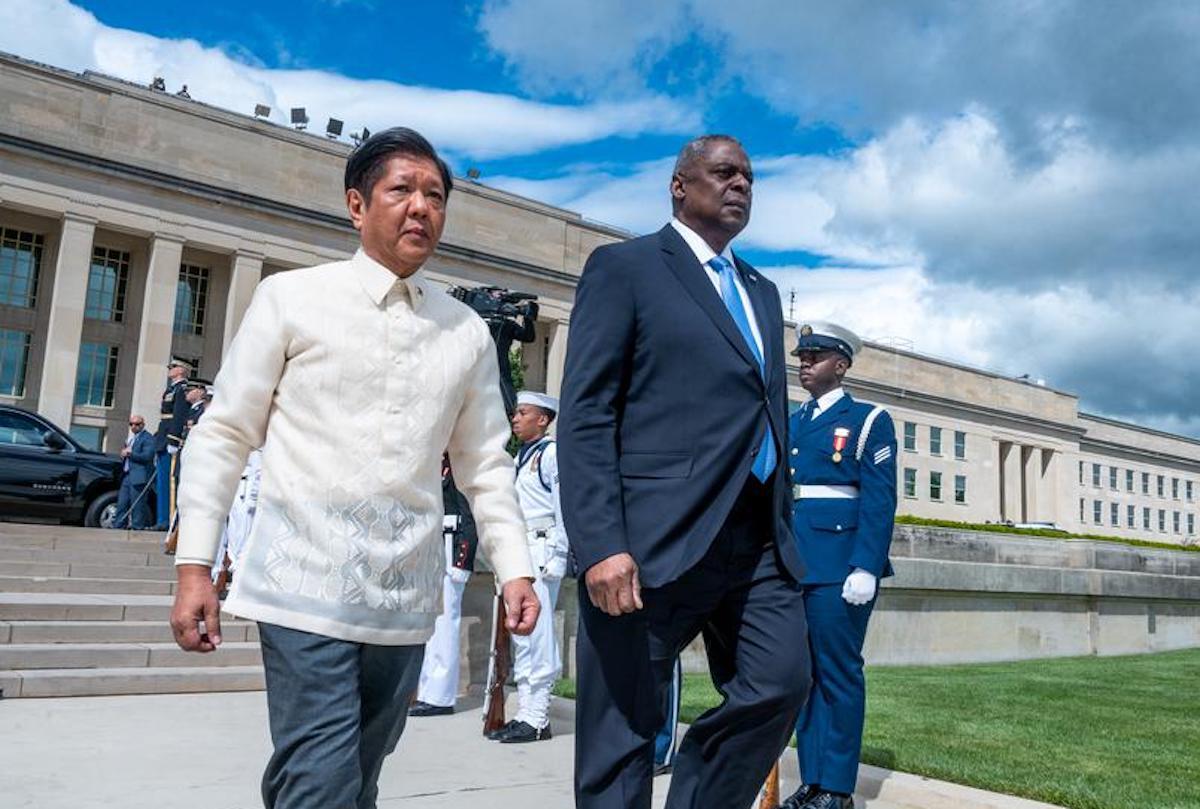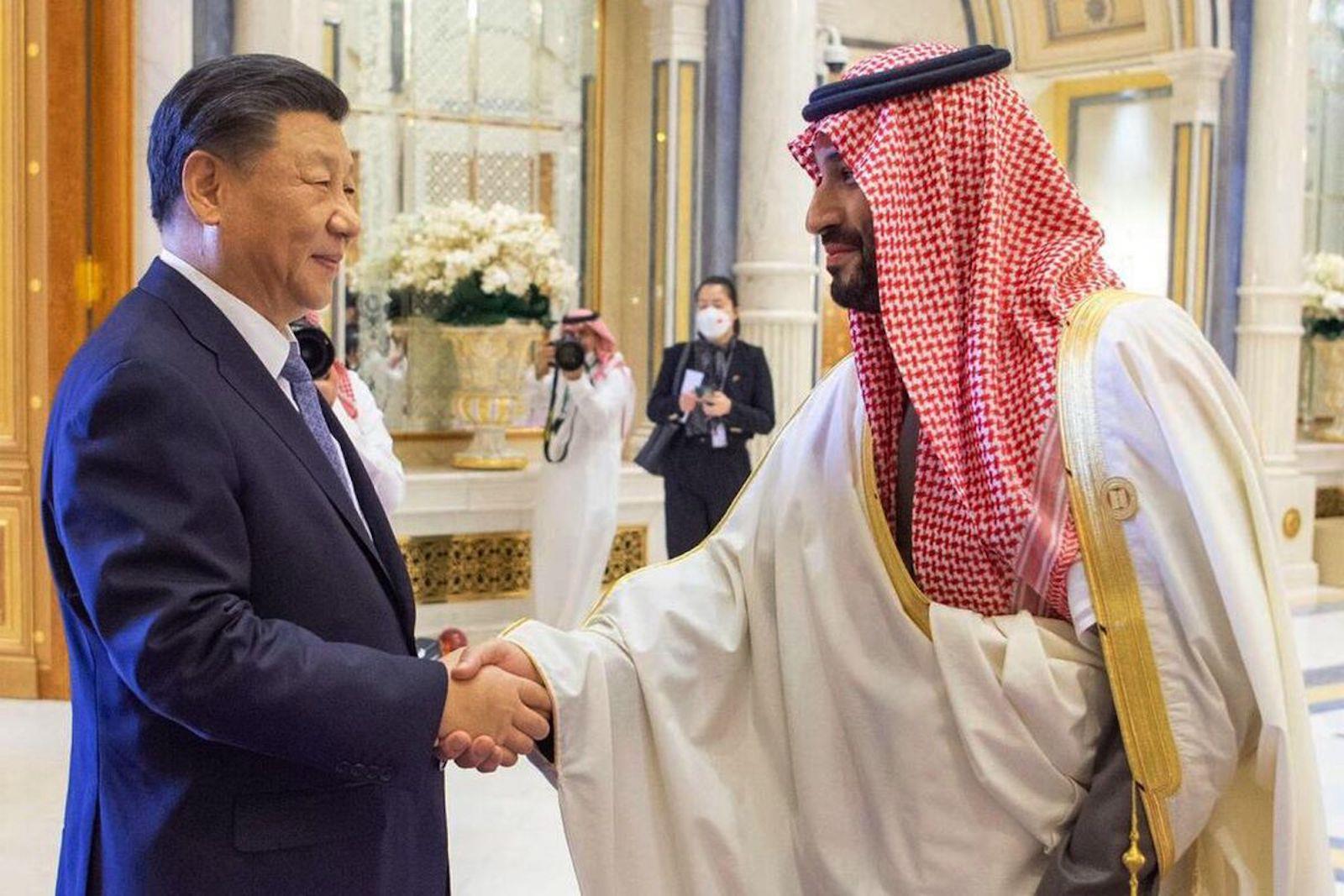The TITR is sometimes assumed to be or treated as part of China's Belt and Road Initiative (BRI), simply because it runs from Asia to Europe. However, this is not the case.
The geopolitical weight of the TITR lies in the fact that it provides a viable alternative to the BRI by focusing on a“Middle Corridor.” This corridor, which includes a trans-Caspian segment, bypasses the BRI's northern route through Russia and its southern, maritime route.
Azerbaijan and Kazakhstan have been working intensively on the Middle Corridor segment of the TITR since the mid- to late 2010s.
The CTCN newly identified by the European Union and EBRD is in essence a detailed specification of the TITR's segment in Central Asia. The Middle Corridor is the segment of the route that stretches across the Caspian Sea from Kazakhstan to Azerbaijan, and thence through Georgia (and Armenia if there is peace) to Turkey.
Latest stories

china driving marcos deeper into american arms

china's game of ukrainian chess

the reality of china's influence in the middle east
In June, the EU and the EBRD presented a detailed joint study of the CTCN and associated projects in Almaty, projecting a sevenfold increase in transit volumes by 2040. The study proposes a range of facilitating measures, from digitizing transport documents to enhancing public-private partnerships and liberalizing markets.
It also outlines key actions for integrating the CTCN with the EU's Trans-European Transport Network.
In contrast to the EU's coherent focus on Central Asia's participation in the CTCN, Brussels lacks an equivalent focus on participation by the South Caucasus countries. Here, a suggestion recently made by the European Committee of the Regions (CoR) for a more flexible approach toward Eastern Partnership (EaP) countries could be complementary.
The CoR suggests fostering closer ties with local and regional authorities in the region. Implementing this idea holds the potential to increase capacity and transparency of local governments. The TITR provides the ideal opportunity for such a strategy.
That is because the EBRD's involvement, in particular, signals a green light for international financial institutions to contribute to the corridor's development. Its work identifies specific infrastructure investment needs across Central Asia. These include such projects as railway expansions and port capacity upgrades. The document in effect represents and provides a preliminary feasibility study for each project.
Azerbaijan role
At present, in this context, Azerbaijan is the moving force that is promoting trade and investment ties to extend the CTCN into the South Caucasus and westward to Europe. It has completed significant advancements in ferry, port, and other transport infrastructure. Oil from Kazakhstan may be delivered through Azerbaijan's pipelines.
At the same time, Azerbaijan is pursuing discussions about high-speed Internet connectivity and projects in energy, transport and agriculture with Uzbekistan, and discussions about energy cooperation and infrastructure upgrades with Turkmenistan. With the backing of the EU and EBRD, and the proactive approach of countries such as Azerbaijan, the CTCN has the potential to revolutionize the trade landscape of the region.
The TITR, implemented in Central Asia as the CTCN, offers a viable alternative to existing trade routes. It would drive dynamic economic growth and foster long-term, mutually beneficial cooperation.
Realizing the CTCN as a transformative project, not just expediting and streamlining trade but also providing growth opportunities and innovation to the participating countries, requires thinking seriously about how to extend it through the South Caucasus via the Middle Corridor.
Previous attempts to improve Eurasian transport links, such as the Transport Corridor Europe-Caucasus-Asia (TRACECA) program, established in 1993, have had their limitations. Indeed, TRACECA took part in the Second EU-Central Asia Economic Forum, held a week before the EU-EBRD conference in Almaty in May.
However, TRACECA was never focused on a comprehensive, integrated program like the TITR, CTCN or Middle Corridor. TRACECA fell into disuse after the Western enthusiasm of the 1990s and early 2000s dissipated, particularly as less expensive transport routes between Europe and Asia evolved.
Yet the CoR's opinion, as mentioned above, suggests that it may now be time for the EU to engage more proactively in supporting Eurasian connectivity, including the Middle Corridor, albeit on a different basis.
It may therefore be appropriate to consider the creation of a new, permanent body for this purpose, which could play a role similar to that catalyzed by Baku's project for the Southern Gas Corridor, now vital for European energy security.
Like this:Like Loading... Related